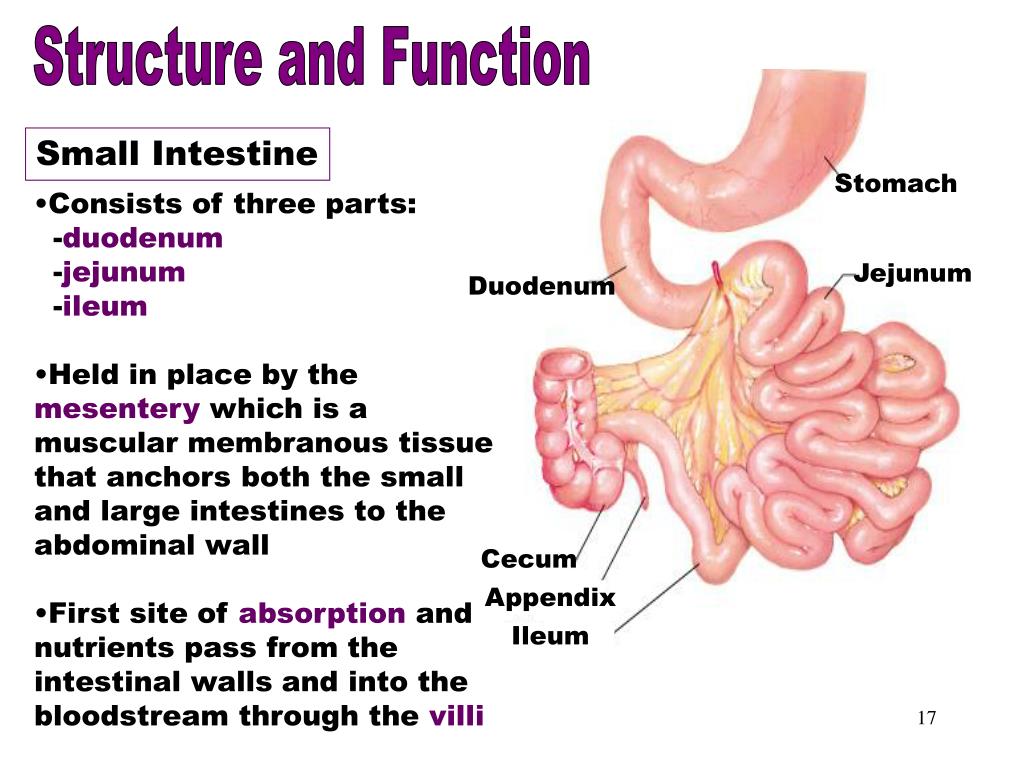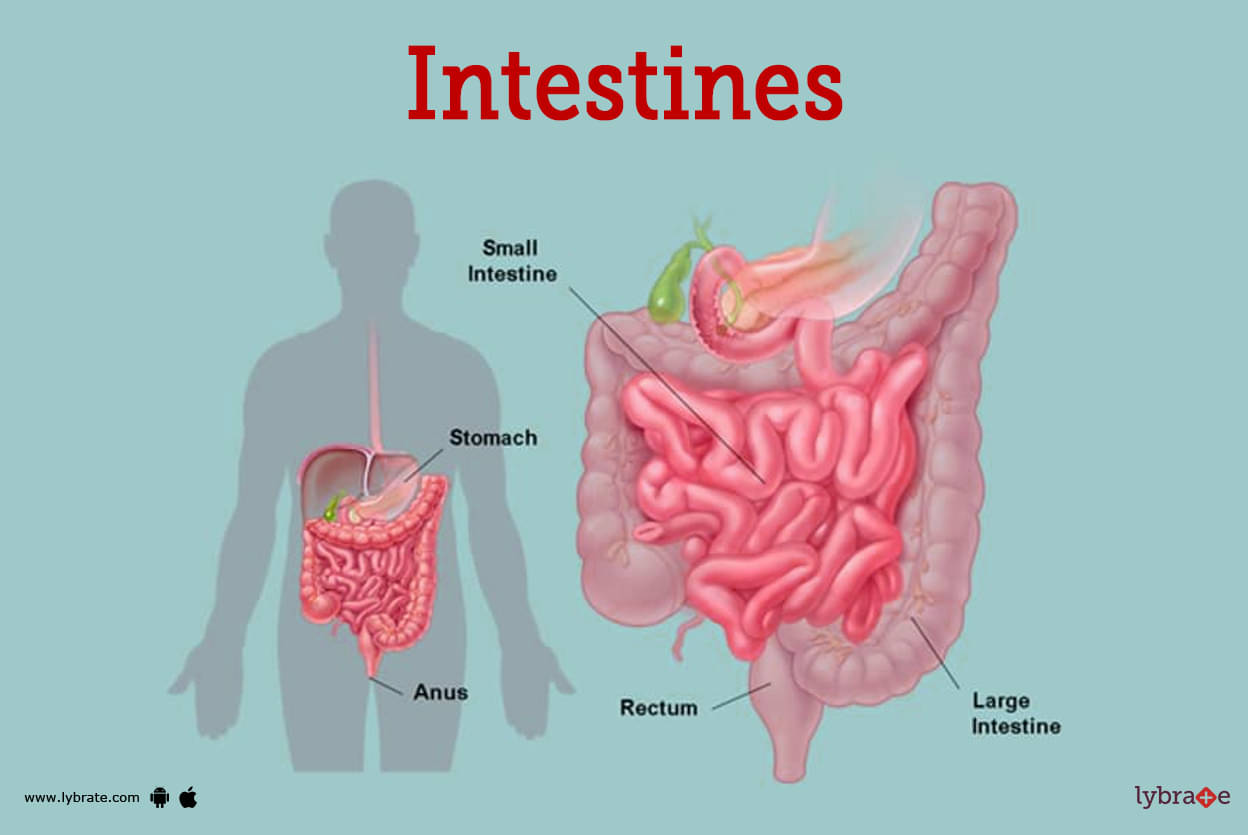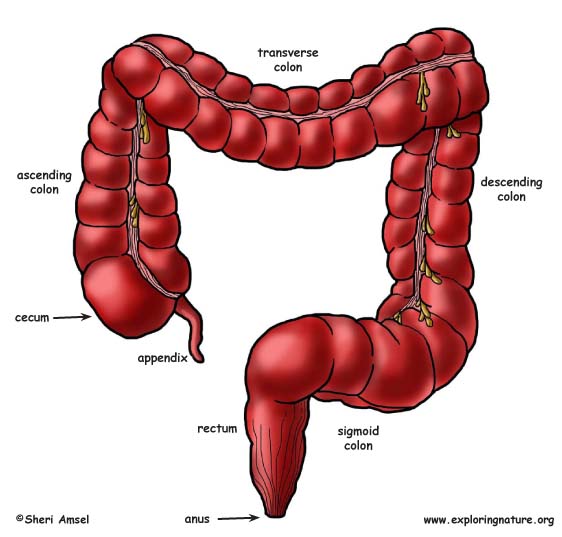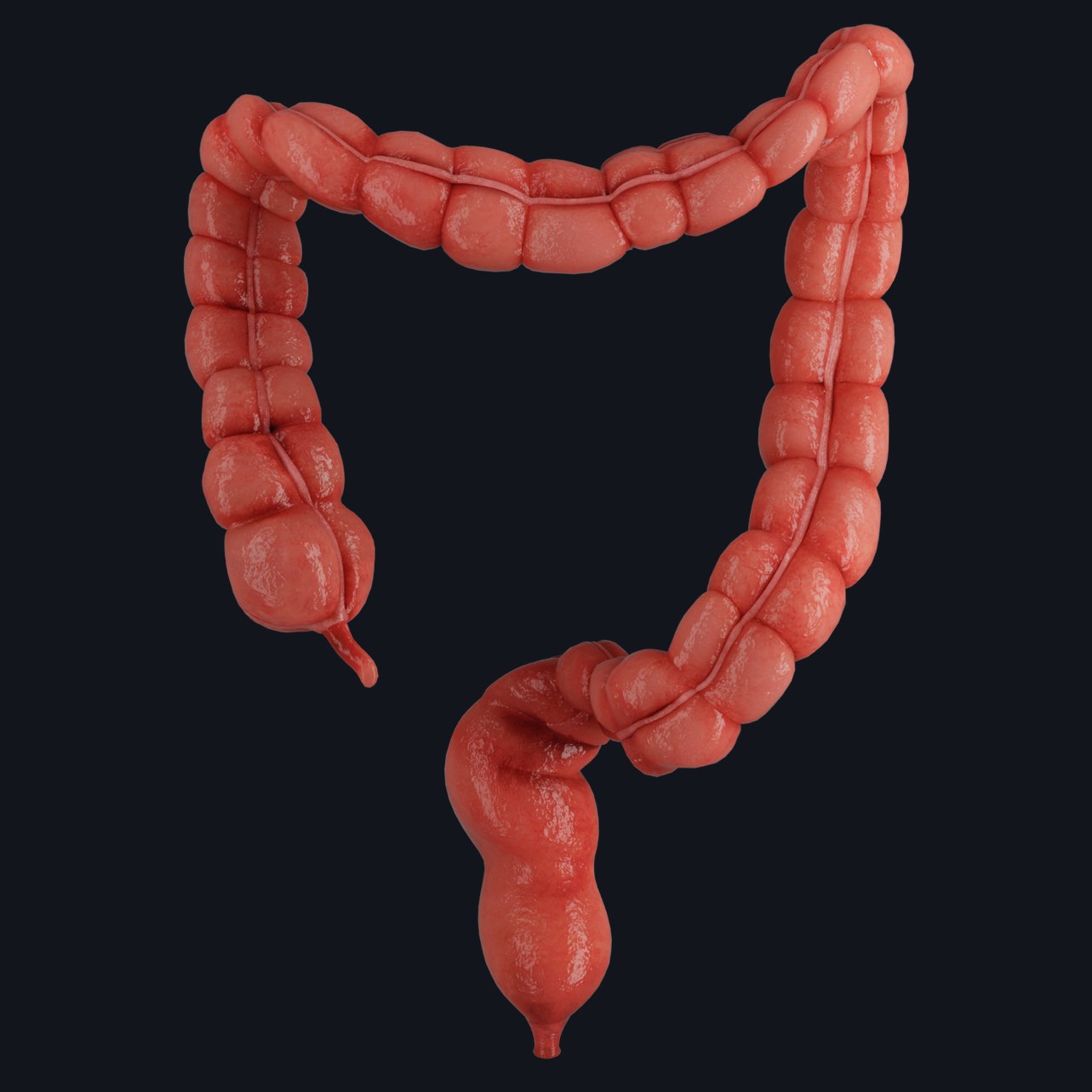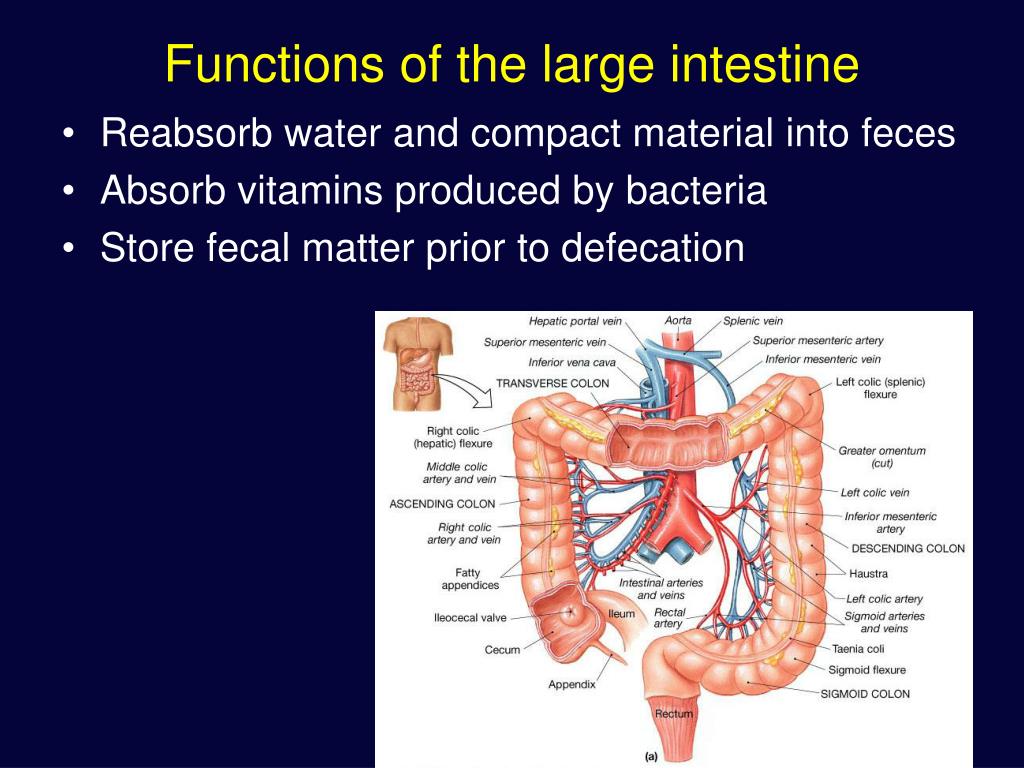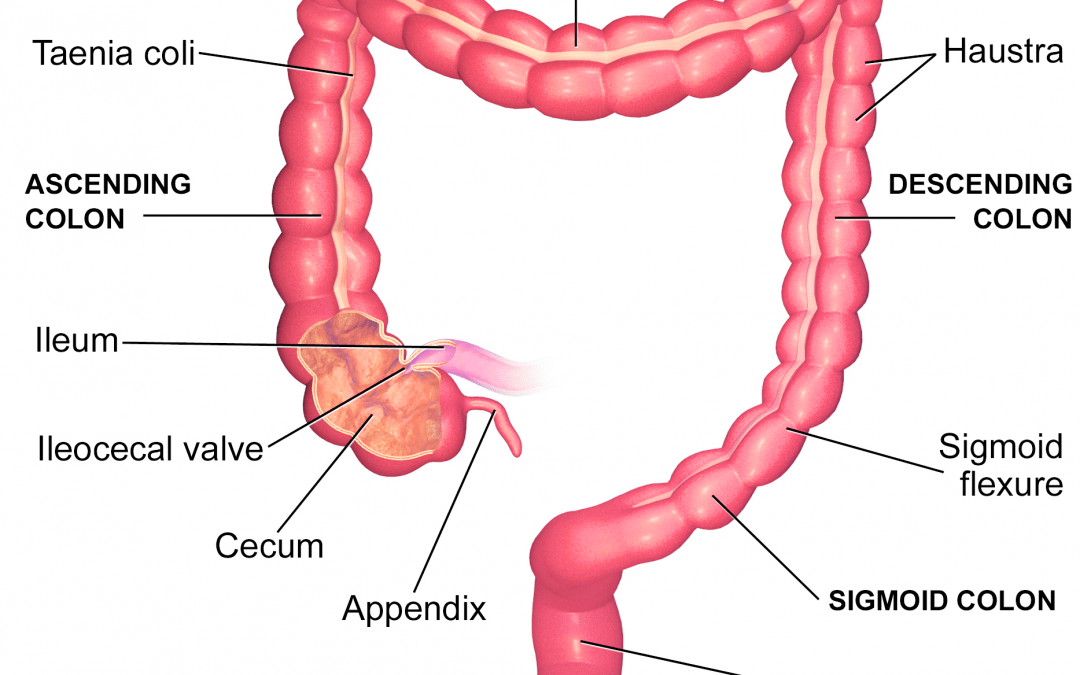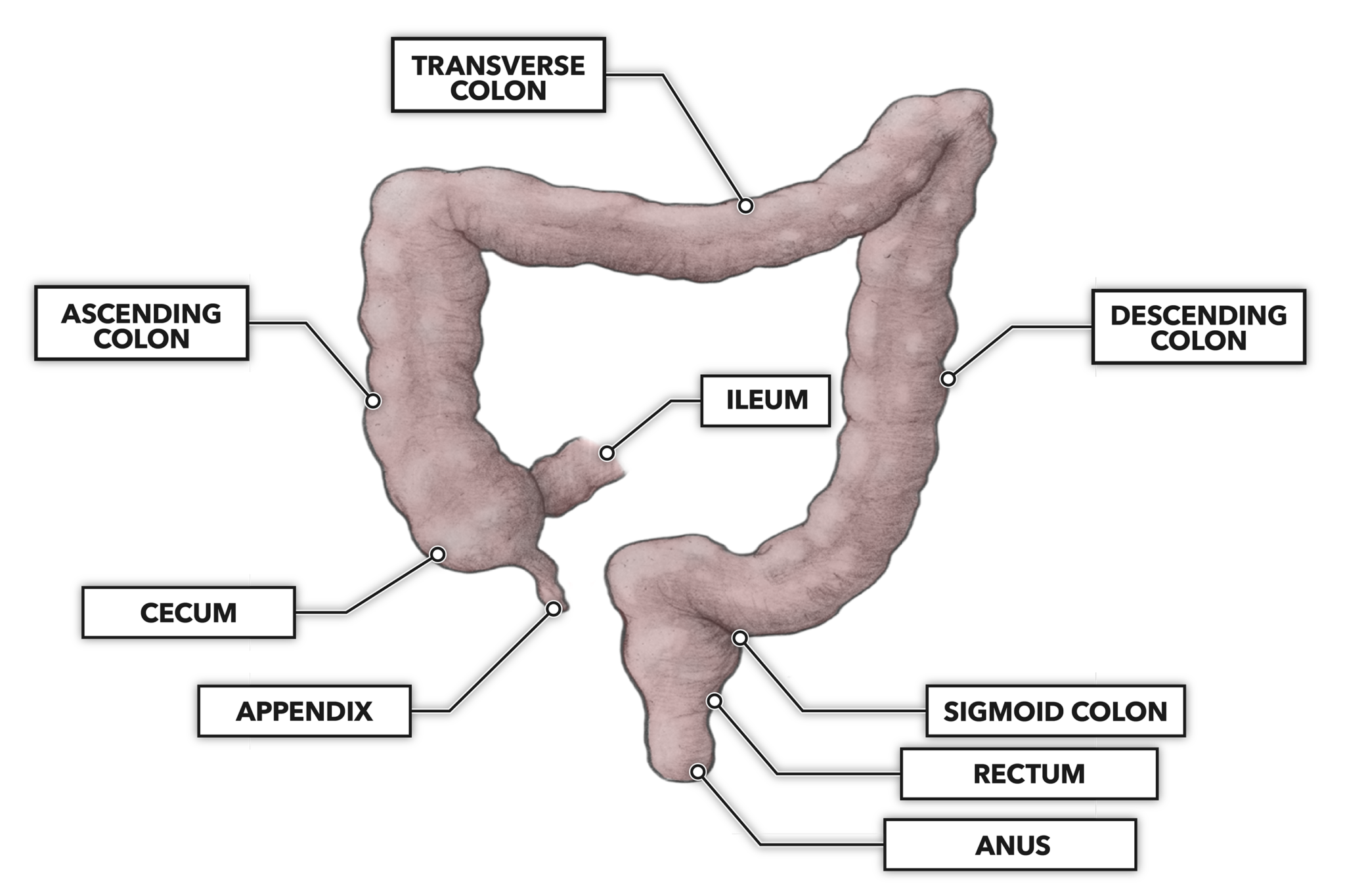Combining Form Of The First Part Of The Large Intestine
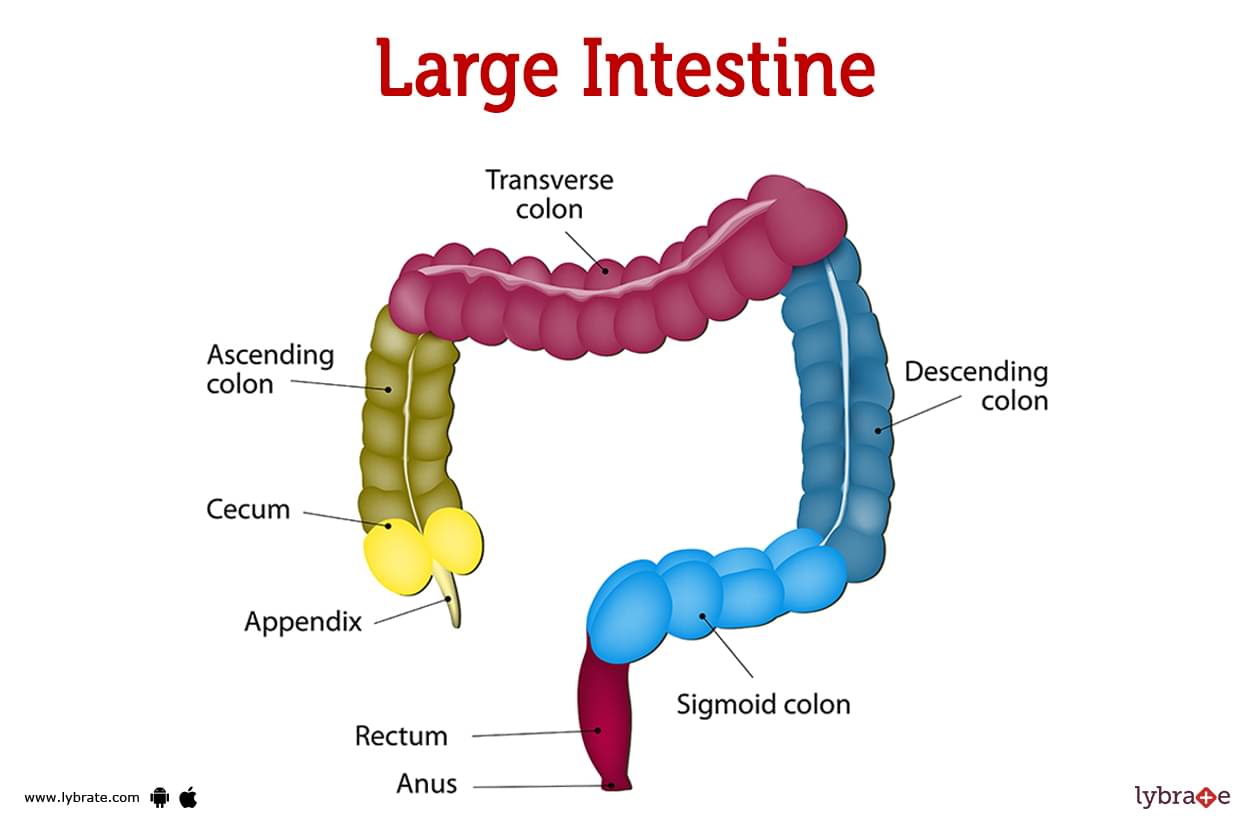
Imagine a classroom, sunlight streaming through the window, illuminating a whiteboard covered in intricate diagrams. Students lean forward, brows furrowed in concentration as their professor explains a complex concept. Today's topic: a tiny but vital piece of medical vocabulary, a linguistic key unlocking a deeper understanding of the human body.
The focus of our exploration is the combining form for the first part of the large intestine: ceco-. This seemingly small linguistic element serves as a building block for medical terms related to the cecum, a pouch-like structure where the small intestine empties into the large intestine. Understanding this combining form is crucial for anyone delving into the intricacies of anatomy, physiology, and medical terminology, offering a gateway to deciphering diagnoses, procedures, and research related to this important part of the digestive system.
The Cecum: A Starting Point
Before diving into the combining form, let's appreciate the cecum itself. This blind pouch, located in the lower right abdomen, marks the beginning of the large intestine. Its primary function is to receive digested material (chyme) from the ileum, the final section of the small intestine.
The cecum also harbors a diverse community of bacteria, essential for further breaking down undigested material. This process facilitates the absorption of water and certain nutrients, setting the stage for waste elimination. A small, worm-like appendage, the appendix, hangs off the cecum. While its function is debated, it’s prone to inflammation (appendicitis), highlighting the importance of understanding the anatomy of this region.
Deconstructing Ceco-: Roots and Meaning
The combining form ceco- is derived from the Latin word "caecus," meaning "blind." This etymology directly reflects the cecum's anatomy as a closed-end pouch, a "blind" starting point for the large intestine. Combining forms are essential tools in medical terminology. They allow for the creation of new words by combining the root meaning with prefixes and suffixes.
Understanding ceco- therefore, unlocks the ability to interpret a range of medical terms that relate to the cecum. These terms can describe conditions, procedures, or anatomical features associated with this part of the digestive tract. Knowing the basic components allows for the rapid learning of many new terms.
Common Terms Using Ceco-: Unlocking the Language of Medicine
1. Cecostomy
A cecostomy involves surgically creating an opening into the cecum. This procedure is usually performed to decompress the colon, relieve obstruction, or provide a means for introducing fluids or medication into the bowel. It's often a temporary measure, allowing the digestive system to rest and heal after surgery or illness.
The suffix "-stomy" indicates the creation of a surgical opening. Therefore, cecostomy literally signifies the creation of an opening into the cecum. The procedure may be necessary in instances of bowel obstruction, trauma, or certain congenital abnormalities.
2. Cecitis
Cecitis refers to inflammation of the cecum. It's often associated with neutropenia (low white blood cell count), making it a serious complication for individuals with weakened immune systems, particularly those undergoing chemotherapy. Symptoms of cecitis can include abdominal pain, fever, diarrhea, and gastrointestinal bleeding, requiring prompt medical intervention.
The suffix "-itis" is universally recognized as indicating inflammation. Thus, cecitis clearly signifies inflammation of the cecum. Early diagnosis and treatment, often involving antibiotics and supportive care, are crucial for preventing potentially life-threatening complications.
3. Cecal Volvulus
A cecal volvulus occurs when the cecum twists on itself, causing a bowel obstruction. This condition can restrict blood flow to the affected area, potentially leading to tissue damage and necrosis. The severity of a cecal volvulus necessitates prompt diagnosis and surgical intervention to untwist the bowel and restore normal function.
The term "volvulus" refers to a twisting of the intestine. Hence, cecal volvulus specifically indicates a twisting of the cecum. Symptoms often include severe abdominal pain, bloating, nausea, and vomiting.
4. Ileocecal Valve
The ileocecal valve is a sphincter located at the junction of the ileum (the last part of the small intestine) and the cecum. It controls the flow of chyme from the small intestine into the large intestine. Its primary purpose is to prevent the backflow of colonic contents into the ileum, maintaining a one-way passage through the digestive system.
Problems in the ileocecal valve can lead to significant digestive issues. Conditions like ileocecal valve dysfunction can cause symptoms such as bloating, abdominal pain, and irregular bowel movements. The valve is vital for maintaining gut health.
Why This Matters: Implications for Healthcare Professionals
Understanding the combining form ceco- isn't just an academic exercise. It has practical implications for healthcare professionals across various disciplines. Doctors, nurses, medical assistants, and even medical coders rely on a solid grasp of medical terminology to accurately communicate, diagnose, and treat patients.
For instance, a surgeon needs to understand the anatomy surrounding the cecum before performing a cecostomy. A radiologist interpreting an abdominal CT scan needs to be able to identify the cecum and any abnormalities present. A medical coder needs to accurately assign codes to procedures and diagnoses involving the cecum for billing and record-keeping purposes.
The ability to quickly decipher medical terms allows for more efficient and effective patient care. It prevents misunderstandings, reduces the risk of errors, and improves communication among healthcare team members.
Beyond the Textbook: Real-World Applications
The relevance of ceco- extends beyond the clinical setting. Medical researchers studying the gut microbiome, inflammatory bowel disease (IBD), or colorectal cancer often focus on the cecum and its surrounding tissues. Understanding the terminology related to this region is crucial for interpreting research findings and contributing to advancements in medical knowledge.
Consider research on the gut microbiome. The cecum plays a key role in housing a diverse bacterial population. Scientists studying the effects of different diets or medications on the gut microbiome often analyze samples taken from the cecum. They must be able to accurately describe their findings using appropriate medical terminology.
Therefore, even outside direct patient care, knowledge of ceco- and its related terms is essential for contributing to the broader scientific understanding of human health and disease.
Conclusion: A Small Word, a Big Impact
The combining form ceco- may seem like a small detail in the vast landscape of medical terminology. However, as we've seen, it's a vital piece of the puzzle. It provides a crucial link to understanding the anatomy, physiology, and pathology of the cecum.
By mastering this seemingly simple element, students and healthcare professionals can unlock a deeper understanding of the digestive system. This enables more accurate communication, improved patient care, and more effective scientific research. So, the next time you encounter the term ceco-, remember its significance: a tiny word with a big impact on the world of medicine.


.jpg)


